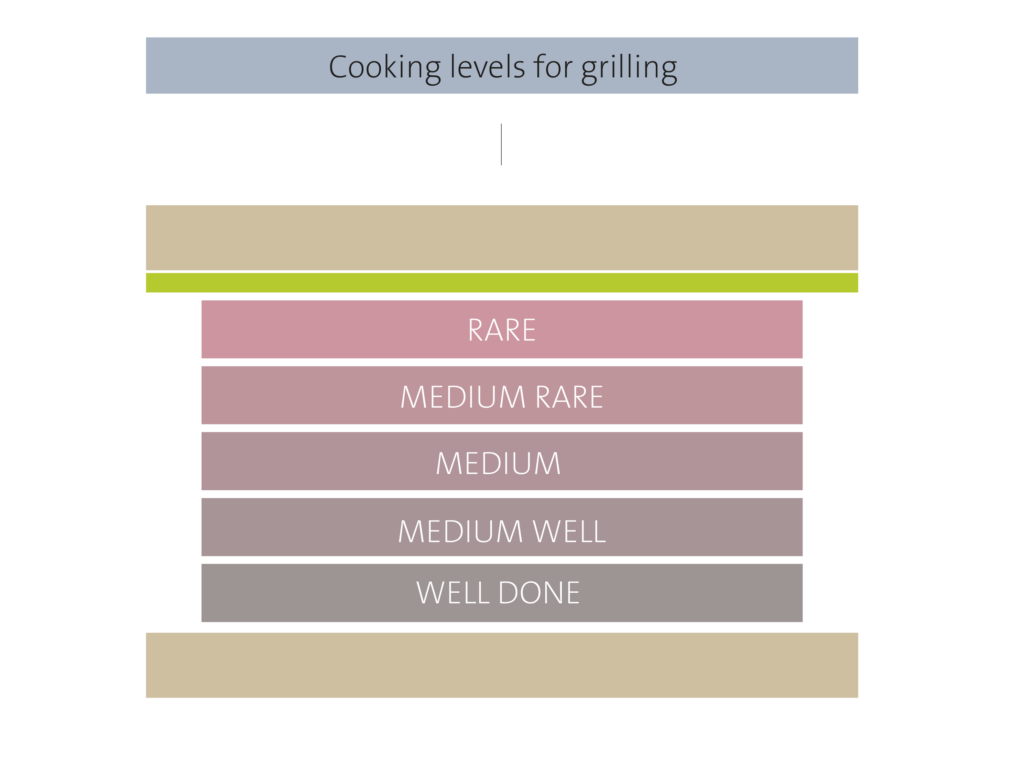Lots of sunshine, swimming in the Rhine, a European Football Championship – it all sounds like and is part of summer. But the summer fairytale only becomes perfect with a nice barbecue. Christian Stöcklin, a retired architect and passionate amateur griller, tells us his 101 for a successful barbecue.
Mr Stöcklin, how do you become a passionate amateur griller and even take part in competitions?
I’ve been barbecuing since I was a child. I always loved preparing, cooking and barbecuing together and remember it as a great time with the family. What’s more, I simply can’t say no to a good piece of meat and the right side dish. Barbecuing has developed into a passion over the years. I went to championships with colleagues and like-minded people. For example, we took part in the first World Barbecue Championships as a team in 1999. But we only came 21st out of 42 (laughs). But another Swiss team went on to win.
Let’s start with the basics – the meat or the barbecue material…?
I consciously buy locally, but only a little and good quality. From farmers in the region or from master butchers that I know well and know where the animals come from. The animal should be able to grow up without growth promoters and with as much free range as possible. This is immediately noticeable in the quality of the meat. Every good piece should have a certain amount of fat. Outstanding meat quality is characterised by what is known as marbling. Fat is an important flavour carrier and if you want to avoid fat when eating, you can simply cut it out. But never before barbecuing. I generally advise against imported meat, such as lamb from New Zealand, as well as fish from farms. Meat or fish has to be shock-frozen before transport and for long distances, which significantly reduces its quality.
In addition to meat and fish, you also have the whole variety of vegetables and even cheese has a place on the grill. There really is nothing better than a large platter of good grilled vegetables. A grilled corn on the cob with lots of butter puts a smile on the faces of more than just children.
The secret lies in the preparation and seasoning – which herbs and marinades do you use?
It’s crucial that the meat doesn’t go straight from the fridge to the grill. I recommend taking the meat out of the fridge for about 30 minutes so that it can stabilise at room temperature. The thicker the piece of meat, the more time it needs to be prepared. Otherwise there is a risk of a black crust when barbecuing and the inside is not yet cooked.
I salt everything that goes on the grill. There are opponents and supporters. In the end, it’s up to everyone to decide how they like their meat or grilled vegetables. I prefer the natural flavour of the meat. My wife recently discovered Yotam Ottolenghi, an Israeli-British chef from London. He uses strong flavours with a Mediterranean influence. Such variations can also taste great; I am blown away by his lamb, for example. However, I always have fresh, home-made herb butter on the table so that everyone can flavour their own meat. Anyone who dares to grill fish can simply add a few slices of lemon and that’s it. Here too, the quality of the fish defines the flavour.
Which grill: gas, coal or wood – what do grillers need at home?
You asked me about barbecue myths at the beginning. One well-known myth is certainly the one about the grill itself. You don’t need a monster of a grill like the Americans have, for example. A good kettle grill that can be closed is more than enough for any amateur. As far as fuel is concerned, I recommend wood or good charcoal. You can recognise good firewood, for example, by many pieces of the same size. I also recommend paying attention to any certifications. If you want to barbecue with gas, you can also prepare the meat in a frying pan. Wood and charcoal are responsible for the important smoky flavour of the grilled food.
The well-known rule of thumb helps you to recognise the right cooking level…
You mean the rule of thumb with the ball of your hand? To be honest, I’ve never been able to memorise it. However, palpating the meat is a reliable technique for determining the cooking level. However, there is no rule, for example, that meat should only be turned once. The grilling time cannot be set to the minute either. It is important that the meat never lies on the open flame. Pieces that are thinner and cook through more quickly are better positioned at the edge and chicken in the centre of the grill. This is where the heat is highest. To ensure that nothing chars, it is important to stay focussed at all times. Barbecuing is not a multi-tasking job.
If you have four guests at the table, there will also be four requests for cooking levels. Personally, I like my pieces “bleu”. “Well done” is a crime against meat and should be avoided. Chicken, on the other hand, must always be cooked all the way through. I recommend checking this with a small incision and adding more if necessary.

What side dishes will your guests find on the table alongside the meat…?
As already mentioned, grilled vegetables are certainly a good and not too heavy side dish. You can also create a good variety with different salads and cold dishes are particularly popular on hot days. The classic is, of course, Swiss potato salad, but you can also surprise your guests with fresh couscous salad refined with Moroccan mint or papaya salad, which is popular in China. Never forget a good red wine or a light rosé. The table is ready and a cosy summer evening can begin.


